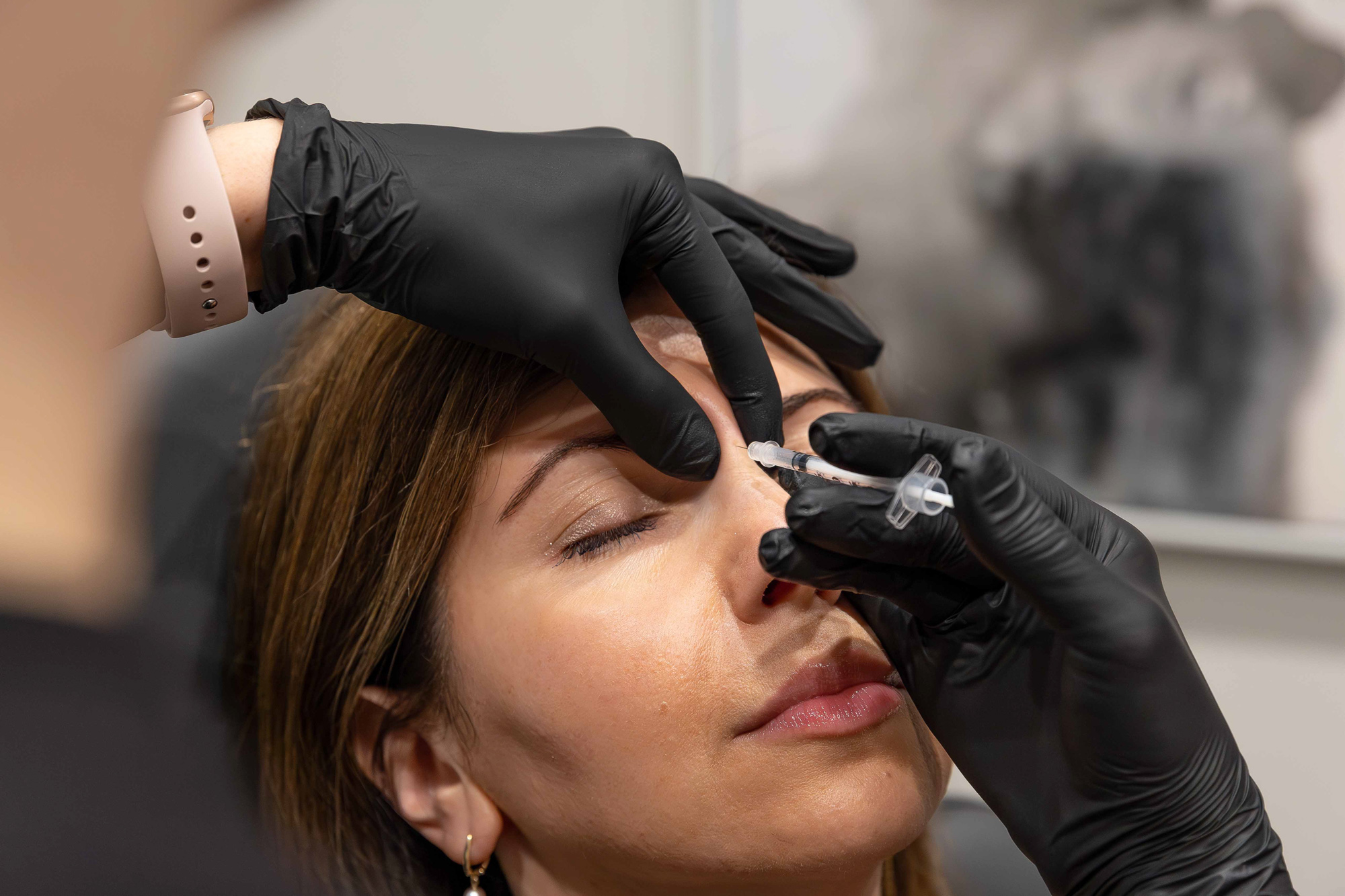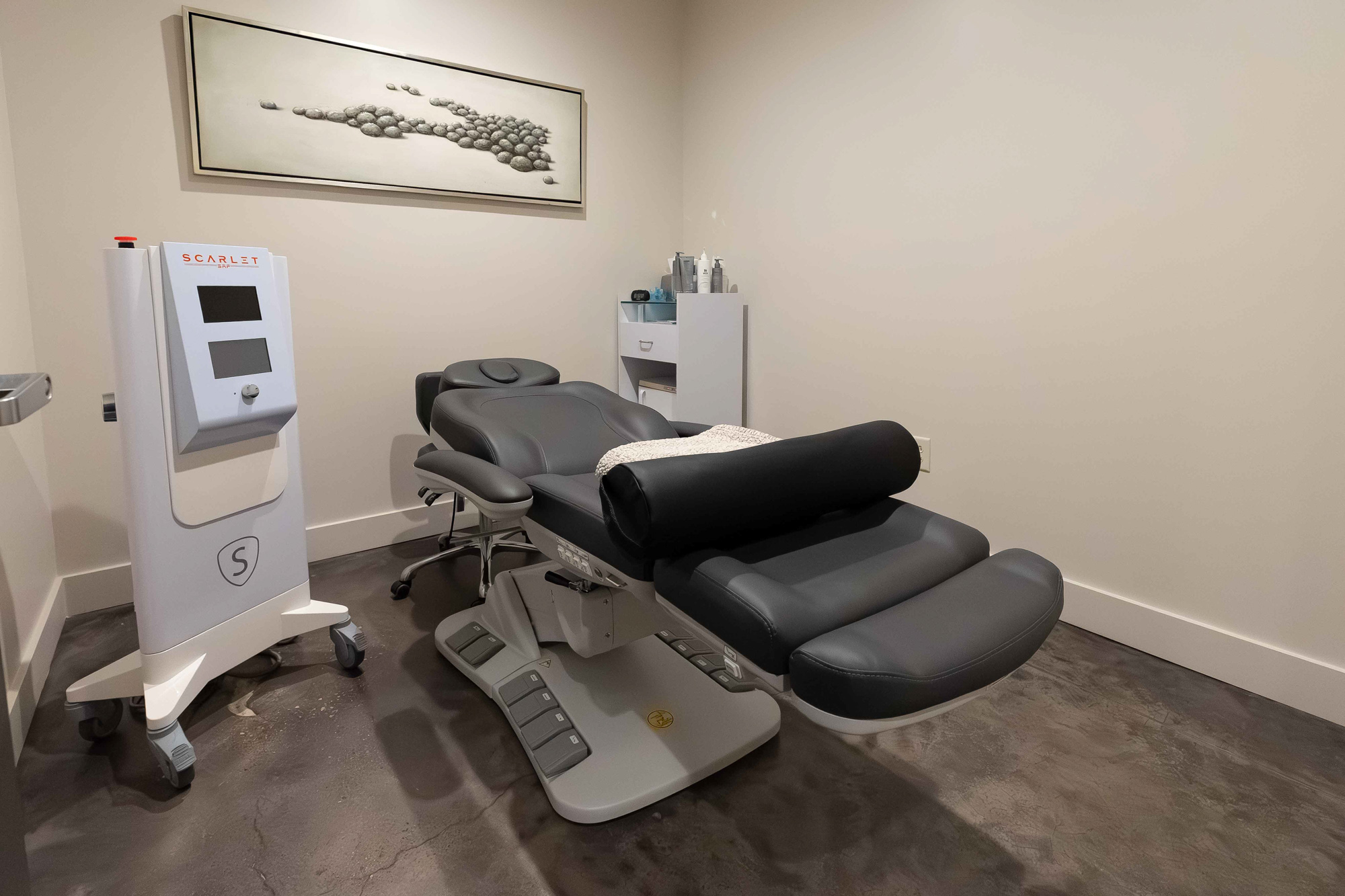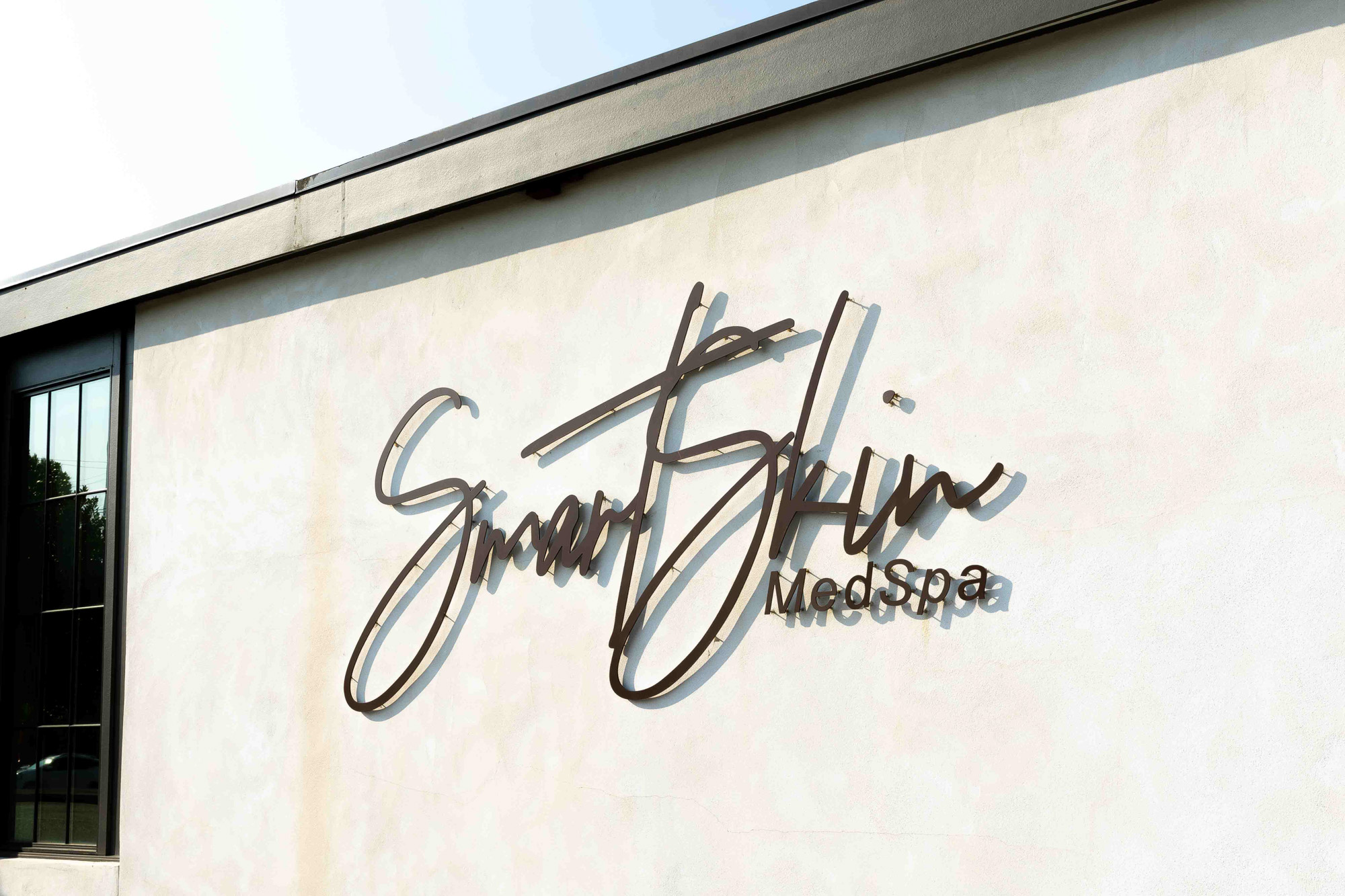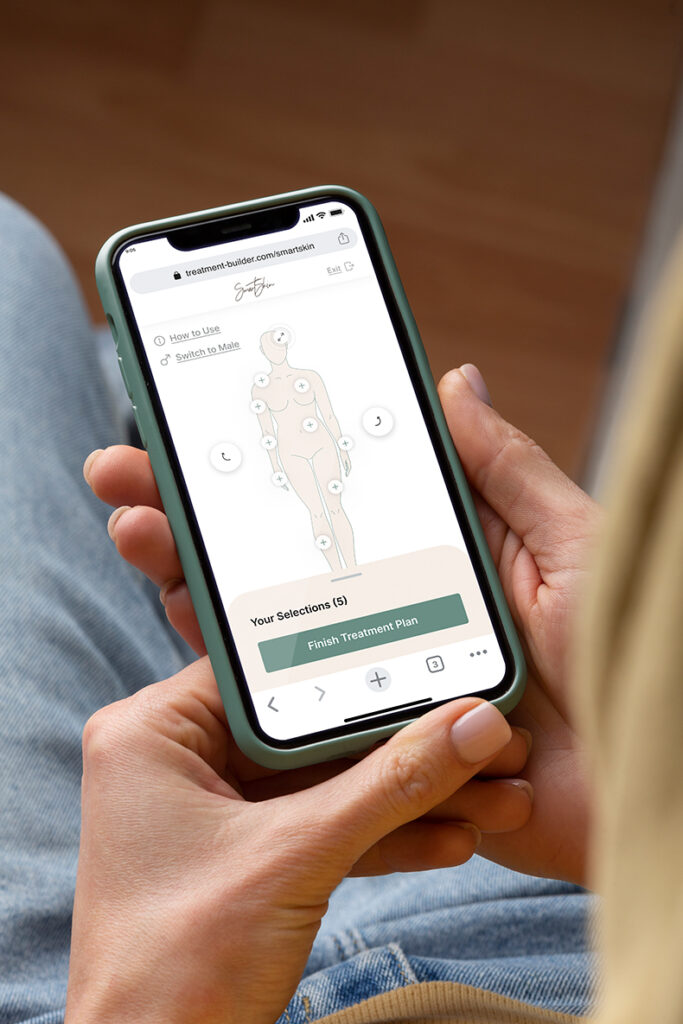Several factors influence how much wrinkle relaxer a person needs.
Treatment Area: Different areas of the face and neck require different dosages. For example, forehead lines typically need fewer units than masseter (jaw) muscles, which are larger and stronger. Treating platysma bands in the neck also requires careful dosing tailored to the muscles’ size and activity.
Muscle Activity: People with stronger, more active muscles may need more units than others to achieve the desired smoothing effect. For example, patients who clench their jaws frequently usually require higher doses of masseter Botox, Dysport, Daxxify, or Xeomin than those with a lighter bite.
Desired Outcome: Your personal aesthetic goals, including whether you want subtle softening, full smoothing, or jaw contouring, affect how much wrinkle relaxer we use. Typically, our providers aim for natural-looking results that still allow for expressive reactions. However, if you’re interested in a dramatic transformation, achieving a more sculpted look, that’s in our wheelhouse too.
Previous Treatments: If you’ve had Botox, or another wrinkle relaxer, before, your muscles may already be partially relaxed. Repeat treatments often require slightly fewer units to maintain the same results, though this varies case by case.
It’s important to remember that there is no “one-size-fits-all” dosage for Dysport, Daxxify, Xeomin, or Botox in Birmingham. A skilled injector will assess you visually, feel your muscles to gauge activity, and customize a treatment just for you.
We usually start first-time patients with a conservative dose to prevent overdoing it, and we can always adjust the quantity in follow-up appointments to achieve your ideal results.
Most patients are amazed by how effectively a carefully calculated dose of Dysport, Daxxify, Xeomin, or Botox can smooth wrinkles, reduce jaw tension, or smooth neck lines. By focusing on precision rather than quantity, wrinkle relaxer treatments at Smart Skin Med Spa provide safe, long-lasting improvements without compromising facial movement.














